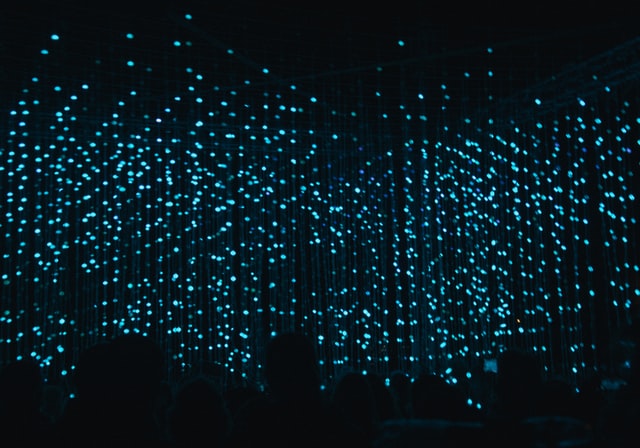Heritable Human Genome Editing Is Not Inevitable
By Donna Dickenson, Katie Hasson & Marcy Darnovsky,
Project Syndicate
| 03. 17. 2020
In recent years, the consensus barring genetic changes that would be passed down to a person’s every descendant has collapsed, and scientists and bioethicists now focus largely on creating a detailed roadmap for moving forward. But there's a strong case to be made that the previous consensus was correct.
The announcement by the Chinese biophysicist He Jiankui in November 2018 that he had created the world’s first gene-edited babies – an egregious ethical and legal breach that resulted in a three-year prison sentence – gave discussions about heritable human genome editing a new sense of urgency. But those discussions are fundamentally flawed. Given the stakes – for today’s societies and future generations – a course correction is urgently needed.
Some scientists, futurists, and others assert the inevitability of heritable genome editing – altering embryos or gametes in order to produce genetically engineered children who will pass the changed genes and traits to their own offspring. These proponents seem to assume that, overall, it would probably be a good thing – as long as we wait until the technology is “safe” and apply it under the right circumstances. With this in mind, they have focused largely on creating a detailed roadmap for moving forward.
The organizers of the 2018 International Summit on Human Gene Editing, held just days after He’s announcement, proclaimed that “it is time to define a rigorous...
Related Articles
By Jenny Lange, BioNews | 12.01.2025
A UK toddler with a rare genetic condition was the first person to receive a new gene therapy that appears to halt disease progression.
Oliver, now three years old, has Hunter syndrome, an inherited genetic disorder that leads to physical...
By Rachel Hall, The Guardian | 11.20.2025
Couples are needlessly going through IVF because male infertility is under-researched, with the NHS too often failing to diagnose treatable causes, leading experts have said.
Poor understanding among GPs and a lack of specialists and NHS testing means male infertility...
By Pam Belluck and Carl Zimmer, The New York Times | 11.19.2025
Gene-editing therapies offer great hope for treating rare diseases, but they face big hurdles: the tremendous time and resources involved in devising a treatment that might only apply to a small number of patients.
A study published on Wednesday...
By Aisha Down, The Guardian | 11.10.2025
It has been an excellent year for neurotech, if you ignore the people funding it. In August, a tiny brain implant successfully decoded the inner speech of paralysis patients. In October, an eye implant restored sight to patients who had...




